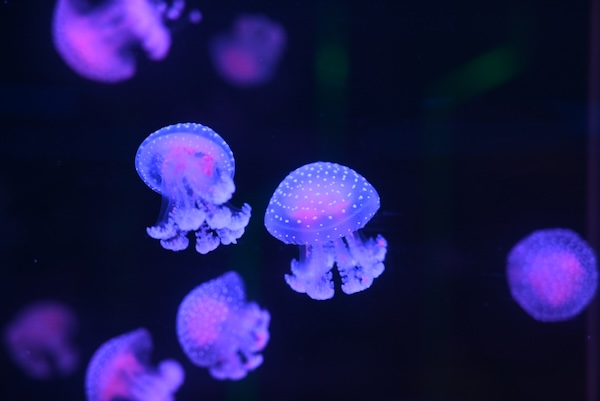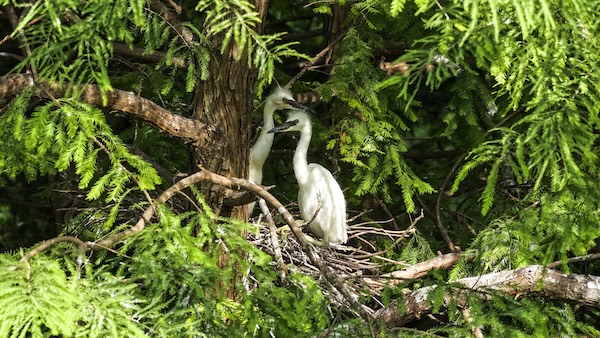New jellyfish species discovered in Ningbo

Phyllorhiza yurena, a newly discovered jellyfish species, is on display at Ningbo Ocean World. [Photo by Li Chao for Ningbo Daily]
A newly discovered jellyfish species from Ningbo, Zhejiang province, is drawing scientific and public attention for its size, rarity, and ecological significance.
Researchers from the Jellyfish Research Institute at Ningbo Ocean World, in collaboration with the Third Institute of Oceanography under China's Ministry of Natural Resources, identified and named the new species Phyllorhiza yurena. The jellyfish, which belongs to the Phyllorhiza genus, was discovered, bred, and studied in Ningbo. It is one of the rarest marine species discoveries in the region in recent decades.
Under laboratory conditions, adult specimens can grow up to 25 centimeters in bell diameter, while those in the wild may reach 40 to 50 centimeters. According to the World Register of Marine Species (WoRMS), there are over 4,000 known jellyfish species globally, but only around 300 exceed 20 centimeters as adults, placing Phyllorhiza yurena among the larger and more uncommon types.
Hu Zhijie, director of the Jellyfish Research Institute at Ningbo Ocean World, noted that the species is highly sensitive to its environment, has a life cycle of 6 to 10 months, and shows strong vitality in the water. Its development follows the typical jellyfish pattern — polyp, ephyra, juvenile, and adult — but with distinctive traits. Notably, during the transition from ephyra to juvenile, a striking blue ring appears along the bell's edge, a rare feature not seen in most jellyfish.
Now on display at Ningbo Ocean World, the discovery of Phyllorhiza yurena not only reflects improved marine conditions but also adds valuable data to the study of ocean biodiversity.

 Hangzhou Bay National Wetland Park enters bird breeding season
Hangzhou Bay National Wetland Park enters bird breeding season  UK's Liverpool city eyes deeper ties with Ningbo
UK's Liverpool city eyes deeper ties with Ningbo  Morocco boosts Ningbo ties at 2025 Maritime Silk Road Port Forum
Morocco boosts Ningbo ties at 2025 Maritime Silk Road Port Forum 


